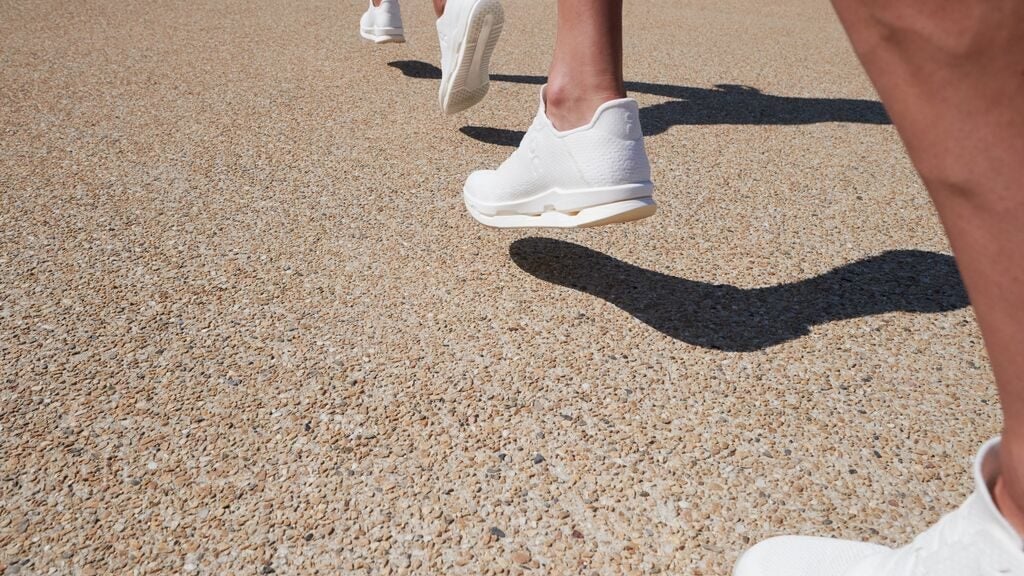This Roger Federer-backed brand will give you an endless supply of new sneakers
On wants to change the way people buy footwear with its Cloudneo sneaker.


On wants to change the way people buy footwear with its Cloudneo sneaker.
The Swiss brand, which is backed by tennis star Roger Federer, has designed a 100% recyclable running shoe that’s only available to customers by subscription. Customers pay $30 a month for a pair that they are able to switch out every six months as they wear them down.
When the shoes are returned to the company, On creates a new pair of the Cloudneo out of the old product.
Other companies have tried similar setups. Salomon, the world’s largest ski boot maker, unveiled a running shoe that could be recycled into a ski boot. Nike also created a subscription to cater to fast-growing kids feet. But On’s shoe is unique in that the product becomes a new pair of the same shoe.
“Its really strict. It’s not down cycling, it’s not recycling to make a piece of apparel,” said Francois-Xavier Dosne, On’s head of innovation business strategy.
A 100% recycled shoe
Because shoes on average are made up of anywhere between 30 to 50 components, engineering the product was a challenge compared to say, producing a circular shirt, which may be only three to four pieces of fabric. The shoe is made out of castor bean derivatives and only available in solid white.
“We had to completely reinvent the way the shoe is being produced, how the materials are glued together.” said Dosne.
Currently, the Cloudneo has a five-digit long waitlist with the first pairs expected to reach customers in June.
On expects there will be a testing and adjustment period as it rolls out the subscription model. For example, the brand is ready to accommodate for early or late returns, depending on how much a customer runs. It set a six-month replacement interval for the subscription because that’s the average time they saw customers replacing their shoes. A casual runner doing 20 km a week, for instance, will clock 600 km in half a year, but elite runners may run 160 km a week or more. They will have controls so that people aren’t switching out underused shoes.
“In the return process we will ask people to send pictures,” said Dosne. “We’ll run this a little bit as a pilot project and then we’re going to see and adjust along along the way.”
The company, whose main business is shoes, wants to tackle other product types further down the road, too.
“Once we’ve solved it for shoes, it’s going to be fairly easy to transfer that to apparel,” Dosne said.